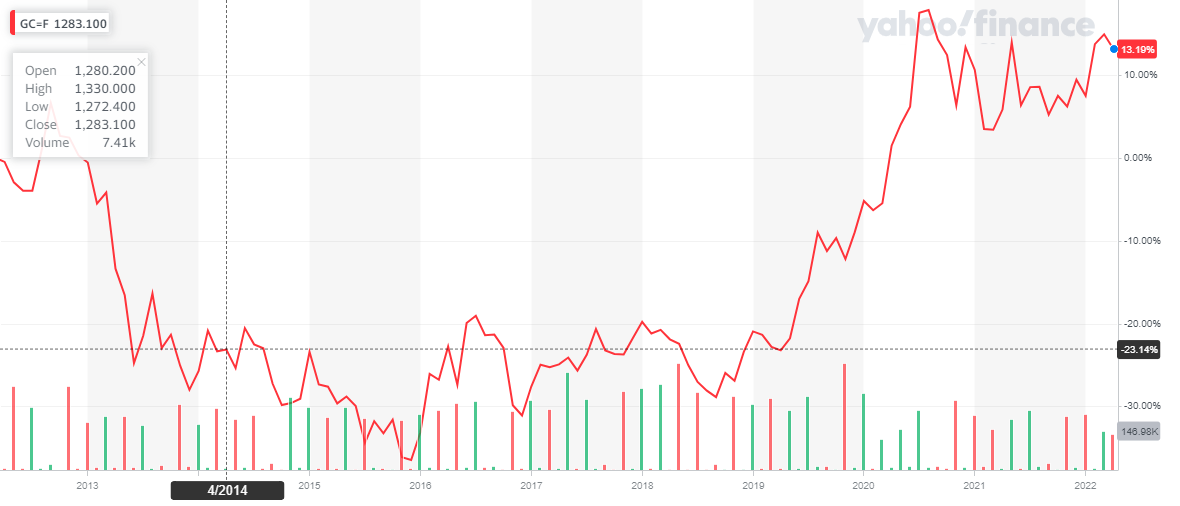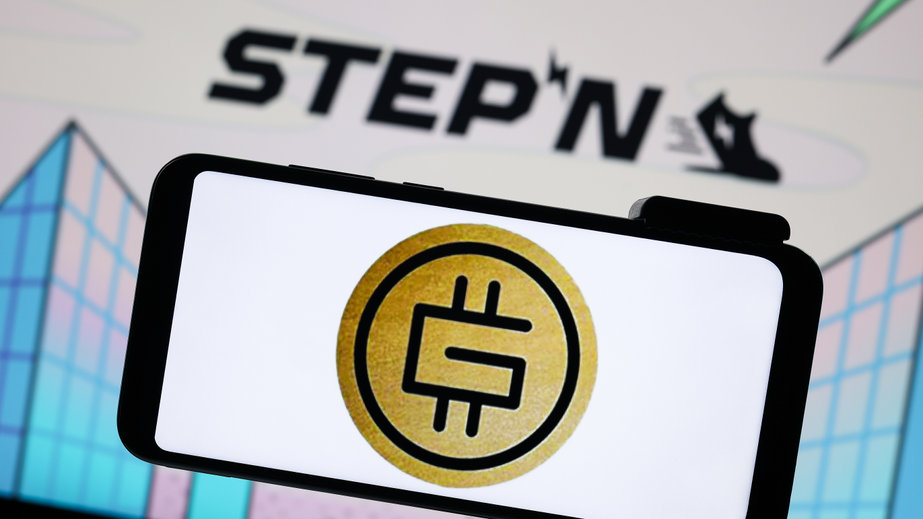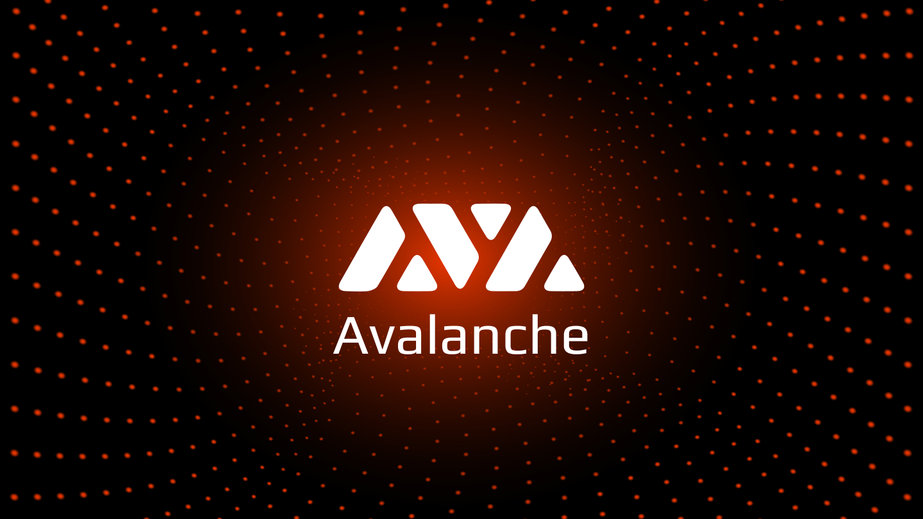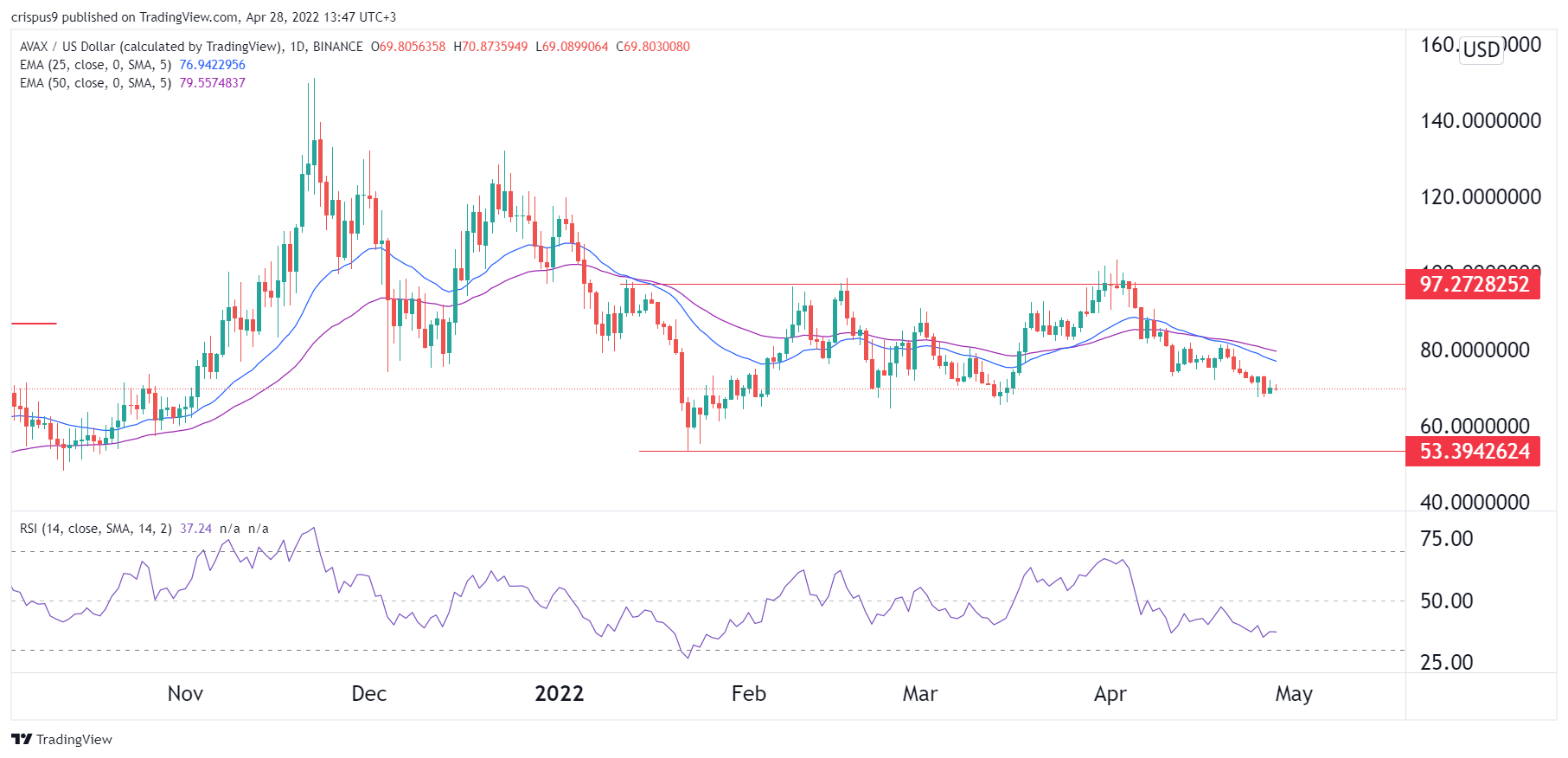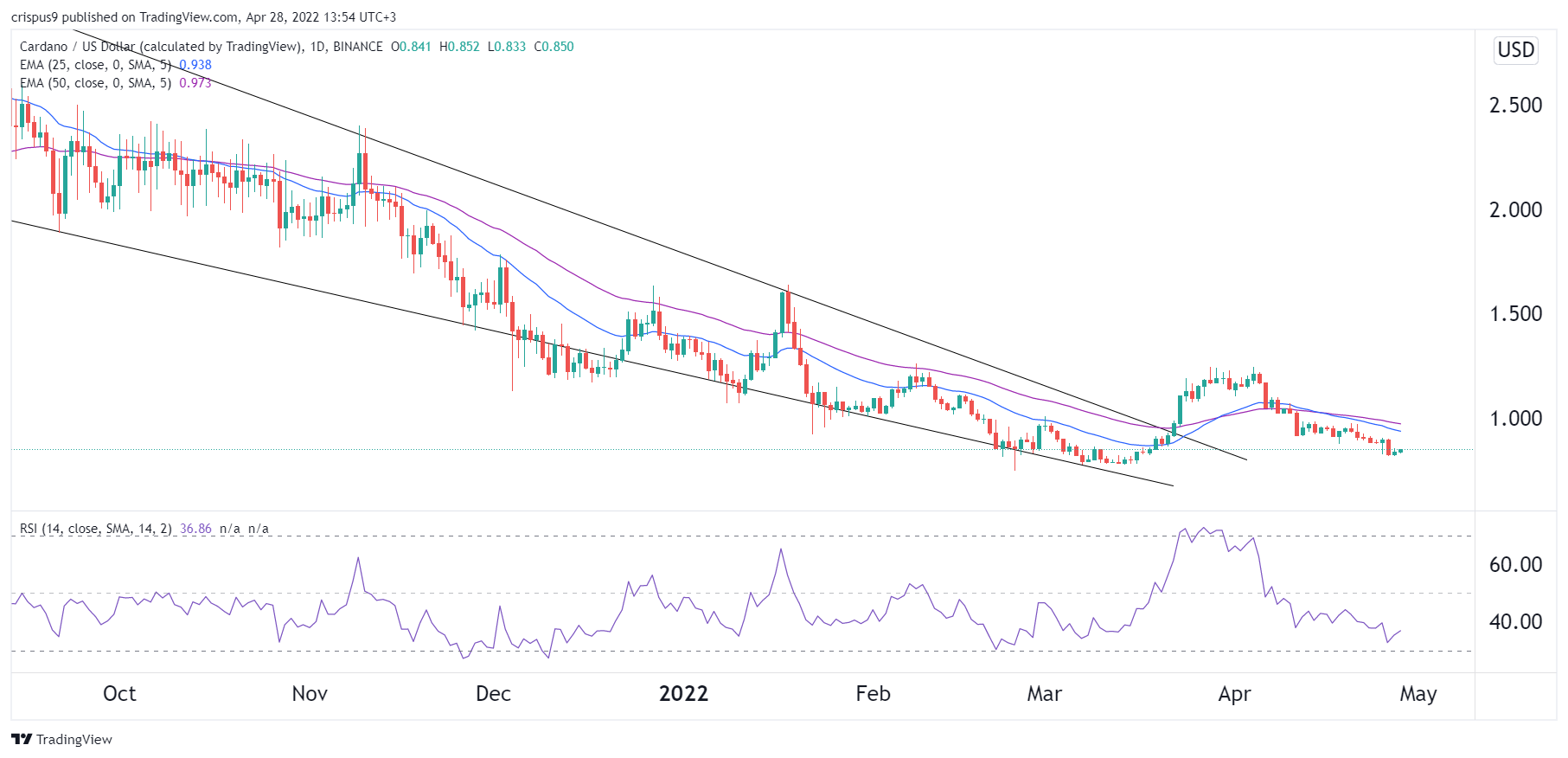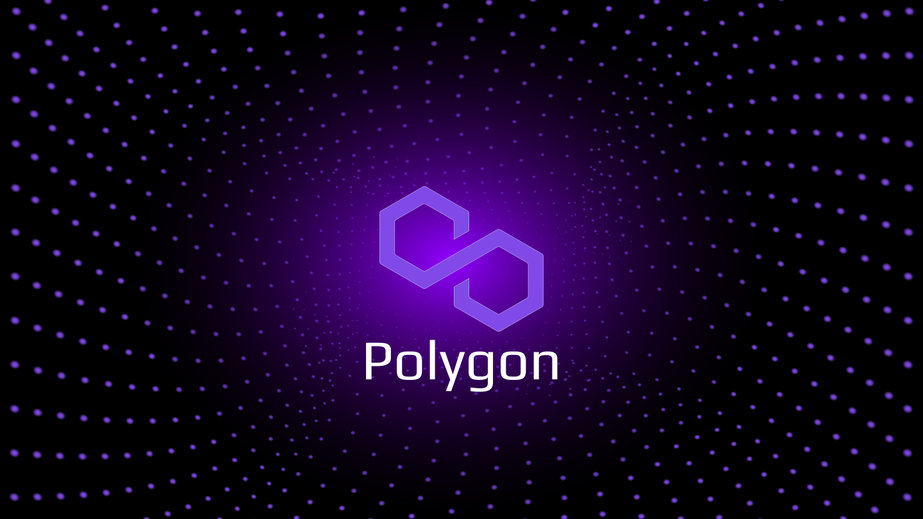
For the most part in April, Polygon (MATIC) has continued to face a lot of selling. Although the coin has rallied slightly a few times, it has typically failed to find any serious upward trajectory. Despite this, MATIC has managed to slow its downtrend. Here are some of the facts:
-
MATIC appears to be going through a period of consolidation
-
The coin could swing towards $1.63 in the days ahead
-
A close below $1.15 will invalidate this thesis
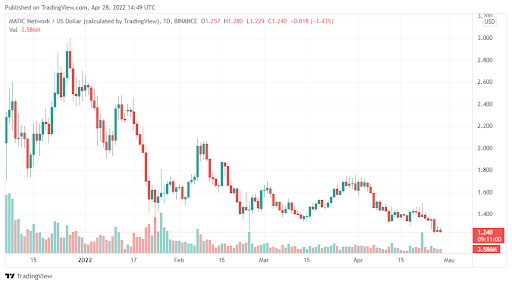 Data Source: Tradingview
Data Source: Tradingview
MATIC’s rise to $1.63
The slowed downtrend we have seen over the last few days could suggest that MATIC is about to experience a trend reversal. At the moment, the altcoin is going through a consolidation phase, and it is likely the price will remain well above $1.2.
After this happens, we expect MATIC to rally and surge towards $1.63. This will represent an upswing of around 35%. However, based on the coin’s performance in April, the upward trajectory will not last for long. In fact, once the coin is well above the $1.63 mark, investors will start to take a profit. This will lead to a small sell-off that will push MATIC down towards its current $1.2 price.
Unless there is a huge improvement in overall sentiment in the market, MATIC will likely remain stagnated in the long-term trend despite increased short-term volatility. Besides, a daily close below $1.15 will invalidate the short-term bullish thesis above.
Where will MATIC go next?
MATIC was one of the best-performing coins back in 2021. But the altcoin is failing to live up to expectations this year. While the overall outlook for the altcoin is still positive, MATIC is not going to offer the kind of returns we saw in 2021.
However, there is still enough upside for at least 3x growth before 2022 is out. But sentiment in the broader crypto market will have to improve drastically for this to happen.
The post Polygon (MATIC)’s downtrend is slowing – Can it pull above water? appeared first on Coin Journal.


